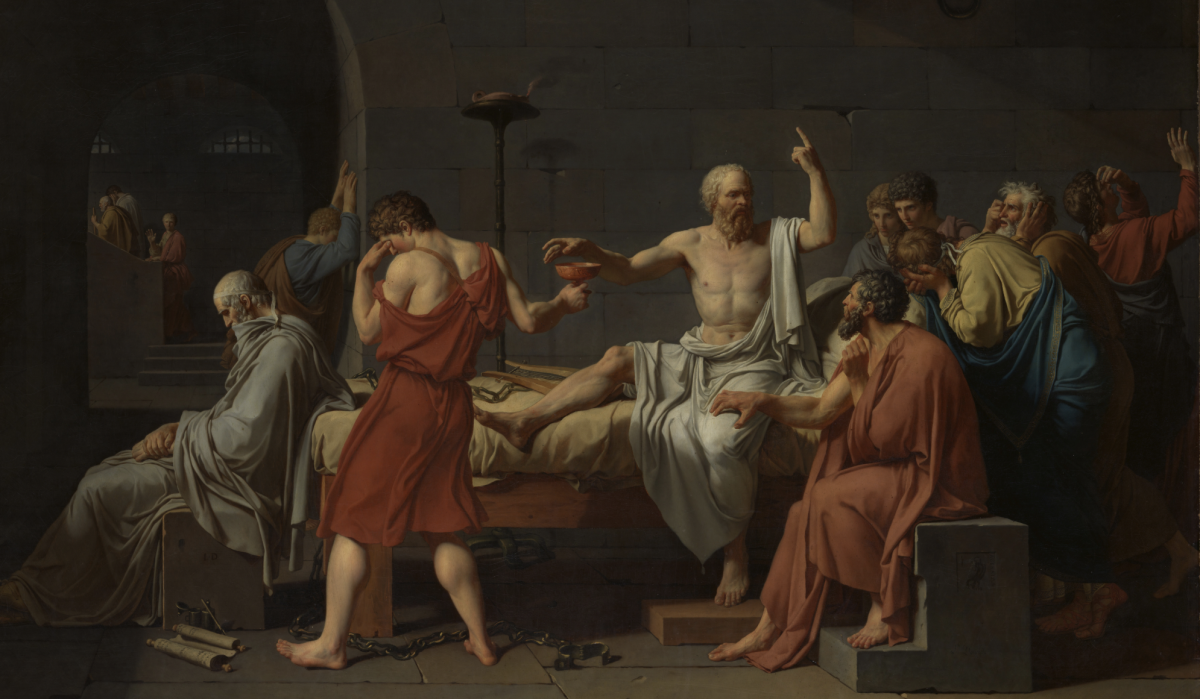When hair grows, it starts at the follicle in the dermis layer of the skin. This “root” of the hair contains stem cells, which allow the hair to grow back if it falls out and help heal wounds. Comprised of alpha-keritin, a protein, and the same material as fingernails. While this has stayed consistent through time, how it is that we style, shape, and cut out hair shifts year by year. What’s deemed a popular style among cultures and generations worldwide is ever-changing and equally subjective. While it’s virtually impossible to keep track of every change, we can observe the overall differences in style between centuries. Starting in the late middle ages, the 1400s, observing the changes in style and preference up until the Victorian era, and what products were used and significant uses of hair, leads back to the origins of the when and why of the extravagant past styles and why we no longer see them now.
Women in the middle ages made an effort to keep their hair covered in public (due to association with sexuality, temptation, or sin), and with the presence of the church, with use of veils, hairnets, cloths, hats, or hoods, or any combination of them. Unmarried women and those in Italy were typically the only women to go out with uncovered hair, however, in Italy women braided and tied up their hair. Various hair dressings were often used to show wealth, with use of ribbons, beads, and gemstones as well as more elaborate coverings. For men, the working class kept their hair shorter for ease, while the upper class favored longer hair parted in the middle. A few centuries later, men of the 1600s sported two distinct hairstyles. A Cavalier’s shoulder-length hair showed his support as such, often with a “lovelock” that fell from the scalp down to the left shoulder. On the contrary, Oliver Cromwell’s Roundheads wore short, clipped styles. Men tended to keep their hair long throughout this period, tying it back became increasingly more common among travelers along with wigs. Middle parts with a fluffy halo of hair around the head became popular among women, combined with a white cap due to modesty. This same era, an instance of Marquise de Fontange’s messy hair started a trend of the Fontange, a mass of curls above the forehead. The 18th century made way for drastic changes in women’s hairstyles with a rise in decorations of ribbon, gems, or flowers. Women didn’t wear wigs like men did, but hired professionals to sculpt and style. Notably, “a la Fregate” became popular; a model ship in the sculpted water waves of hair. Wigs saw a rise in use by men for events casual and formal alike, with their natural hair continuing to be long and now commonly tied back with black ribbon. Around this time, white wigs were rare and expensive, so white hair powder was often used to emulate them. Once the 19th century came to be, Victorians preferred a simpler and more natural style, composed of a middle part and a braid or a bun low on the head, with accessories bought from local stores. Facial hair was an important part of a man’s look, with sideburns, mustaches, and beards all coming into style after a few years of rising popularity.
In the 1400s, women preferred high hairlines and minimal eyebrow hair. Plucking the hair was commonplace, with tweezers. A few centuries later, when creating a sea-bound sculpture in the hair was popular, things like padding, false hair, and powder were used to style and create volume where she may not be able to. Combs made of ivory, bone, or wood would be used in tandem with bacon fat as a conditioner for tangles, followed by dipping the comb in rose water, cloves, and nutmeg to clear the scent of bacon grease. 17th century women used lard as a hair fixative that, unfortunately, attracted rats. Waxes and oil were similarly used for Victorian men’s facial hair. In this era in which washing one’s hair became more often, the soap used would dry out the hair and women used oil to rehydrate it. Pomade was also used widely during this time, made of sheep fat and pig suet along with ingredients for scent, including, but not limited to, rosewater-boiled apples, clove, rosewood oil, or bay leaves. Powder was commonly used starting in the 17th century. Used among other products when creating “a la Fregate”, it saw high usage by men and French women. As a hair degreaser, men used it often and mimicking the style of white wigs, oh which were popular and expensive in the 1700s. It was often made of beanmeal, wheat flour, cornmeal, or dried white clay with fragrances like lavender, orange blossom, jasmine, and rose. In the middle ages, while painstakingly cared for, it was not recommended to wash hair. Upper class women who did rinsed with a mix of egg white, vine stalks, and ashes.

One memorable use of hair is recorded in the Victorian era. As hair maintains well even after the owner is deceased, it had become material to use in art and jewelry. These served as keepsakes and mementos of loved ones. Deborah Lutz, a Victorian literature scholar, notes that the usage of hair in these tokens, “work as traces of a life and body completed and disappeared, in this sense something like last words, by they also serve as frames or fragments of the moment of loss.” Beyond mourning pieces, loved ones would give locks of hair as a token of love or friendship, and family members or lovers could twine their hair together to symbolize closeness. But once a loved one died, the ownership of their hair remained a type of physical closeness to the deceased once buried. As a reminder and a keepsake, it allows the mourning to dwell in grief, perhaps in a more settled sense of loss along day-to-day life. A piece of hair jewelry consisted of broaches, bracelets, and earrings. By using any sort of braiding table, makeshift or otherwise, the hair was washed and dried, then sectioned into bundles based on thickness. Intricate weaving of the hair prevented unraveling and strengthened the piece, allowing multiple uses. As of the 21st century, hair relics are no longer common, however, not gone. The physicality of a keepsake for remembrance has just taken another, albeit simpler, form of mourning jewelry with the deceased’s name and dates of birth and death engraved into a piece of jewelry. This also may take the form of a pendant with the birthstones of the deceased or a small solidified form of their cremated remains.

From the middle ages to the Victorian era, hair has followed and abandoned countless trends. Women wore their hair up and concealed for modesty, up until a drastic change in the 1700s with large, sculpted, and uncovered hair was favored. Following century, women preferred a simpler style, tied in the back with locally sourced accessories. Men’s hairstyles depended on class at first, long hair for Aristocrats and short for the working class, respectively continuing in the 1600s with the separation of cavaliers and roundheads. Generally, during this period men wore their hair long and occasionally tied back for travel, of which, gained popularity the next century alongside wigs and the use of white powder to mimic white wigs. Victorian men sported wide ranges of facial hair with short hair. To style, products remained consistent but shifted accordingly. Powder was made of flour or meals with fragrance, something common in pomade and post-” wash” combing after rinsing with egg whites, ashes, and vine stalk. Combs were made of sturdy, often carvable material like wood, ivory, or bone. Hair was used for many things, especially in the Victorian era, weaving various types of jewelry and serving as mourning gifts. To see how far we’ve come from then is jarring, but intriguing. So next time you pick up your brush, know that your low bun or short, clipped hair may trace back further than you could expect.
Works Cited
Wills, M. (2019, April 8). Why Victorians loved hair relics – jstor daily. https://daily.jstor.org/why-victorians-loved-hair-relics/
Chertsey Museum. Chertsey Museum – Hair: the styling of society. (n.d.). https://chertseymuseum.org/hair
- (2016, September 8) Hair care for the Medival Women- Naked History
https://www.historynaked.com/surviving-life-past-hair-care-medieval-woman/
Galke, Laura. (2015, January 28). Perukes, Pomades, and Powder: Hair Care in the 1700s.
https://livesandlegaciesblog.org/2015/01/28/perukes-pomade-powder/
http://www.victoriana.com/Jewelry/victorian-hair-jewelry.html






















